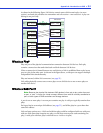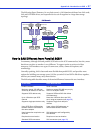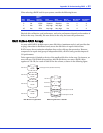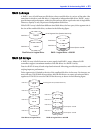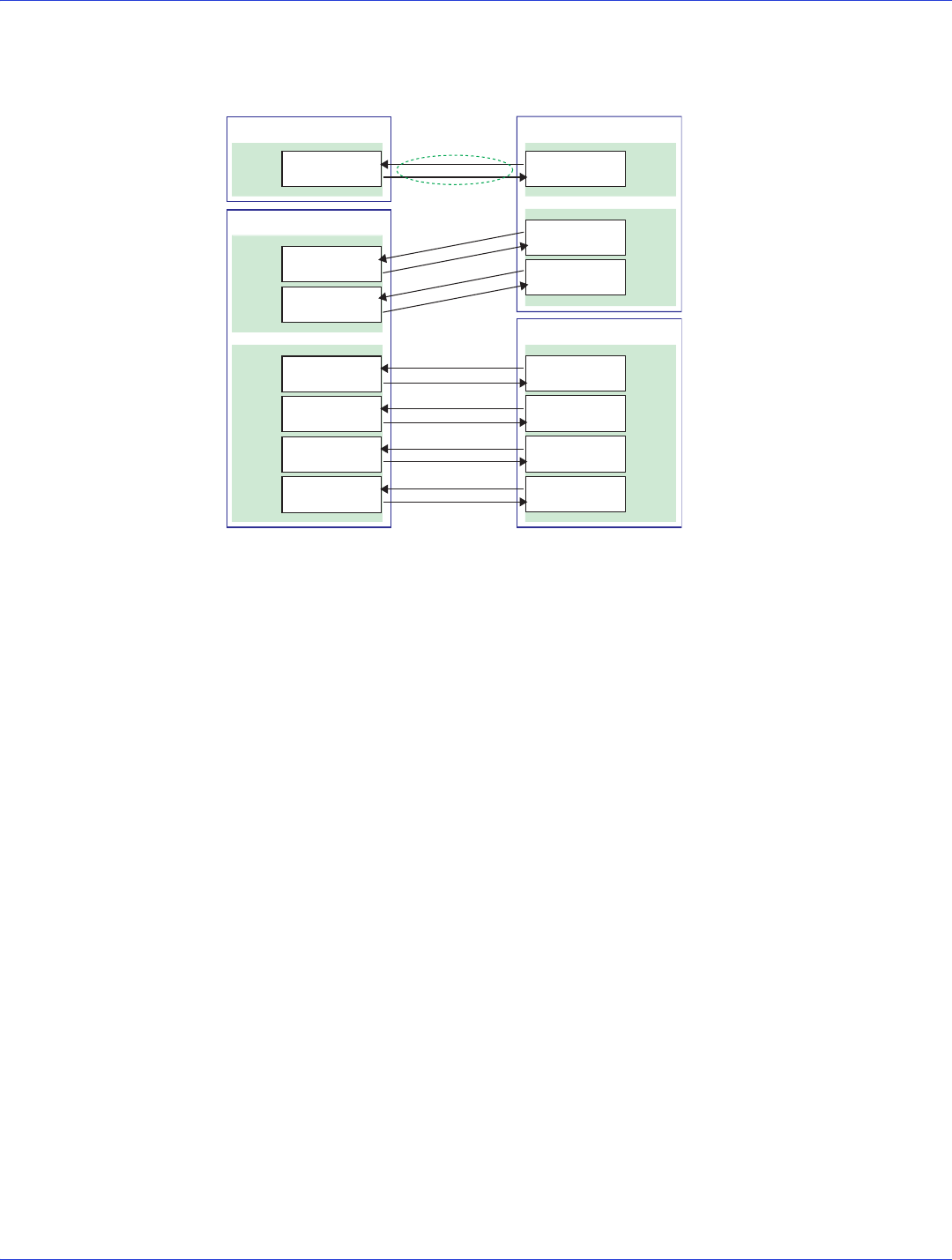
Appendix A: Introduction to SAS ● 54
As shown in the following figure, SAS devices contain ports which contain phys (see next
section), and each phy contains one transmitter and one receiver—one transceiver. A phy can
belong to one port only.
What’s a Phy?
Phys are part of the physical communication connection between SAS devices. Each phy
contains a transceiver that sends data back and forth between SAS devices.
When a connection is formed between two end devices, a link is established from a phy in one
port to a phy in the other port. As shown in the figure above, a wide port can support multiple
independent links simultaneously.
Phys are internal, within SAS connectors (see page 55).
SAS cables physically connect one or more phys on one SAS device to one or more phys on
another SAS device.
What’s a SAS Port?
Note: Because the physical link between SAS devices is from phy to phy, rather than port
to port, a “port” is more of a virtual concept, different from what is normally considered a
port on other types of RAID controllers and storage devices.
A port is one or more phys. A narrow port contains one phy. A wide port typically contains four
phys.
Each port has its own unique SAS address (see page 55), and all the phys in a port share that
same SAS address.
SAS card port options vary. A SAS card with four phys could be configured with one wide port,
with two wide ports that comprise two phys, or with four narrow ports each containing one
phy. (A wide port with four phys is referred to as a 4-wide or 4x port.)
Wide
Port
Wide
Port
Phy
Receiver
Transmitter
Phy
Receiver
Transmitter
Phy
Receiver
Transmitter
Phy
Receiver
Transmitter
Phy
Receiver
Transmitter
Phy
Receiver
Transmitter
Phy
Receiver
Transmitter
Narrow
Port
Phy
Receiver
Transmitter
Narrow
Port
SAS DeviceSAS Device
SAS Device
Phy
Receiver
Transmitter
Phy
Receiver
Transmitter
Phy
Receiver
Transmitter
Phy
Receiver
Transmitter
Phy
Receiver
Transmitter
Phy
Receiver
Transmitter
Wide
Port
Wide
Port
SAS Device
link











